|
Disclaimer: I am not an expert in Ayurveda by any means. Ayurveda, like Yoga, is seeing a resurgence in popularity. Both as an alternative medicine as well as in skin care. I am going to focus on skin care as that's where my personal interest lies. My research on Ayurvedic skin care is entirely based on published papers. Thankfully, there are a few obscure academic groups in India that have published papers on subjects such as chemical composition and biological action of Ayurvedic remedies. In addition, my mother and mother-in-law have passed on to me some personal grooming traditions that they grew up with that are based on Ayurveda. Of course, this knowledge is protocol based and has almost no scientific explanation. Having grown up in India, Ayurvedic methods were part of daily life. I went through the phase of discarding these grooming practices and now have come full circle to adopting some practices primarily because I found scientific backing for some of these methods and ingredients. I have also found that there are some ingredients used in Ayurveda that are "primitively" made - there are much better ways to make them today since we understand what is the exact chemical composition of these substances. I am quite fascinated by Ayurvedic methods - the kashayamas, thailams, Bhasmas, churnas - they have this mysterious, alchemical appeal. But I am careful not to romanticize this approach - I always look for chemical compositions and how they work. In the end, molecular identity is the truth no matter what method you take to get to it. Recently, I have been focused on what causes hollowness under the eyes as we age. Mainly because I have them and I don't like it (all that stuff people say politely to me about not looking like a mother of a 15 year old has gone to my head. I am doing yoga to stop being so vain - but that's another story). Anyways, my research led me to a fascinating paper on an Ayurvedic "anti aging" preparation involving cow ghee, flaxseed oil, a resin called Shorea robusta, and Yashada bhasma. The Yashada bhasma caught my attention - it has this mysterious ring to it, doesn't it? Yashada is zinc. Bhasma is ash. So I put the two together and figured that Yashada bhasma must primarily be ZnO or zinc oxide. The paper did not really talk about the composition of this bhasma but the conclusion was that this particular combination of ingredients showed better wound healing and collagen content in skin compared to a control group. I found out that Yashada bhasma is made in a rather elaborate way - see below the materials needed to prepare this bhasma: Zinc metal is melted, quenched in sesame oil and then treated with a variety of liquids - buttermilk, cow urine, kanji etc. The idea is to treat the metal with acidic (buttermilk) and basic (cow urine) media to enable the end product to be easily incinerated to a nanometer size granular powder. The function of the other herbs is to assist with purification of the zinc. In the end, the composition of the powder was determined to be ZnO with a particle size between 150-800nm. This is basically nano zinc oxide powder that can be found in sunscreens, diaper rash ointments etc.
It is indeed impressive that all this could be done using commonly available material without a well stocked chemistry lab. Simply amazing. However, would I make nano zinc oxide using this method today? I don't think so. So now, let's talk about what ZnO does for skin. I found a very comprehensive paper on a variety of studies done on animals and humans using topical application of ZnO. Since my original goal was to see how to prevent hollow eyes non invasively, I will put this in the context of aging.
So it may be beneficial to use products using ZnO - like a sunscreen for example. Sources: https://www.ncbi.nlm.nih.gov/pmc/articles/PMC3136177/ https://www.ncbi.nlm.nih.gov/pmc/articles/PMC5793244/ https://www.researchgate.net/publication/20881383_Studies_on_zinc_in_wound_healing https://www.ncbi.nlm.nih.gov/pmc/articles/PMC3583892/#R42 https://www.sciencedirect.com/science/article/pii/S0975947618306727
2 Comments
The numbersThe global personal care industry is a whopping $500 billion annually. Let's put that in some perspective. I work in the semiconductor industry the size of which is about $412B in 2019. That's basically saying that all the companies that make silicon chips that power servers, cloud storage, computers, phones, tablets, cars, flash drives, cameras and everything else that uses a chip is SMALLER than the personal care industry. The personal care industry is about five times larger than the US automobile industry. Given that a given personal care item sells for not more than $50 (in several cases less than that), that is a LOT of product to make $500,000,000,000 annually - 10 billion or more products consumed annually globally. For reference, the world population was 7.7 billion in April 2019. So that's over one product per individual in the entire world. Lifecycle of a productThe first step to becoming a conscientious consumer is awareness. Let's start with the life cycle of a product - from the moment you buy it to the moment you are finished with it. Although I focus on personal care products, the argument applies to any product. This is the sight in most stores selling personal care products - products come in some sort of packaging (paper or plastic), inside which is the product housed in a plastic bottle in most cases, or a plastic tube, or in rare cases, glass bottles or jars. You buy a product and now starts a series of actions.
1) What do you do with the box in which it came? Or the plastic wrap? 2) You use the product. Where does the product go? For example, when you use a body wash, a lot of product goes down the drain. What happens to the water going into the sewer? According to a 2017 United Nations report, only 20% of sewer water is treated and recycled (the number drops to 5% in countries that are under developed). The remaining 80% is released into the environment. Think about the consequences of this. Or if you use a can of dry shampoo, what happens to the aerosol being released into the air? 3) What impact does the product have on you when you use it? For example, could the product ingredients enter your blood stream? Could they impact your health? There is a growing awareness of ingredients leading to the natural and organic beauty movements. 4) Finally, when the product is used up, what do you do with the container in which it came? Or as is usually the case, if you have multiple products and you can't finish them up before their expiry, or you tire of it for whatever reason, what do you do with the left over product? Think of a lotion pump out of which it's impossible to get every last bit of product. What do you do? 5) What is the impact of buying products that are made a certain way? For example, products containing palm oil are under the spot light because of unsustainable practices leading to massive deforestation. Or consider the Vegan movement - what is the impact of using products like beeswax, milk etc. that come from animals? Also consider the carbon foot print of your product - was it made across the world and transported in an airline? Was it mass produced in a factory using a lot of energy? In follow up posts, let's delve into each one of the above and see how we can slowly make changes to how we buy and consume to have a positive impact. Without weed :) :)
There was a time when I did not realize the symptoms of stress. That might have been due to a variety of reasons: lack of awareness, age (you bounce back faster when younger), ... The first clear memory I have of the awareness of being stressed was in late 2014. I was driving to work when I suddenly felt physically ill at ease and thought I was going to pass out. I took the nearest exit, parked and waited for the feeling to pass. Then drove back home and took the day off. I remember a clear sense of feeling overwhelmed, feeling utterly unfulfilled, and a sense that I had lost all control over my life. For the past several months, I had been suffering from chronic pain in my right hand which I self diagnosed as a form of Carpel-Tunnel. The only problem was that the pain seemed to randomly come and go. There were also neglected bills (did not have a system for automating payment for all my monthly bills), a sense of not not being there enough for my little kids, a lack of purpose, and a feeling of exhaustion. I had had no major health issues and the feeling of being about to pass out unnerved me, and combined with the pain in my hand, I decided it was high time I went for a complete physical check up. That was the beginning of a year long phase of my body breaking down. My doctor said that it was stress. I didn't believe him. I had always assumed that stress was all "mental". Don't ask - I just had not paid enough attention. How can you say the very real and physical pain in my hand, the shortness of breath I sometimes experienced, the chest palpitations were due to stress? There must be a physiological issue behind this, I insisted. My doctor was very patient with me - he explained that 75% of patients visit doctors due to stress related issues. He also said that stress can manifest in any physical form. He encouraged me to explore mindfulness to help. Soon after, things got worse for me - I developed insomnia. I was once a deep sleeper that would pass out and not wake up until the next morning. Now I was up all night with aches, burning sensations in my body, and worse, if by some stroke of luck, I began to nod off, my body would simply jerk itself awake. It was horrible. I went back to my doctor and begged for sleeping pills. He reluctantly prescribed a 90 day supply. Anyways, I became desperate to get better. It was a long journey - I read A LOT! I experimented and I want to share what worked for me. Standard disclaimer: do your own research and consult your doctor before you decide to follow my path. - The first step towards recovery is realization. It took me a while to accept that I was stressed. - Once I accepted that, I took some near term steps to manage it. I cut back on work responsibilities. I asked for a change in work scope and was able to eliminate many work stressors that had led me to this state. - I was uncomfortable in my skin for nearly a year - meaning I would feel sensations of wobbliness, burning sensations in my chest and back, shortness of breath, tingling sensations etc. These were SUPER uncomfortable and I was not used to them. I wanted them to go away and never come back - which stressed me out further when I felt the next tingle or burn. I really had to work work work on accepting these uncomfortable sensations. One thing that helped was talking about them with close family and friends. They helped me realize that I was not dying! And that really helped. So the lesson is go to your trusted network for support. - I took a three month yoga class. Obviously there were no instantaneous benefits, but it was calming to stretch, breathe, and be still. - I read a lot of positive books and blogs on mindfulness, finding your purpose, finding meaning, supporting your body, health etc. These were also a huge support and helped me immensely in staying motivated to healing myself. I found the following very helpful:
- Vitamin C: I am convinced this is a miracle vitamin. I travel a lot and get exposed to god knows what in my travels. I drink a glass of warm lemon water - a method renowned in Ayurveda - for my daily dose of vitamin C. If you have a lemon tree at home, juice your lemons and drink a glass everyday. Just a teaspoon of lemon juice diluted with water will do. - Meditation: I use an app called Oak. I love to sit and do guided meditation. Definitely helps. - Breathing: When stressed, I find it very helpful to breathe consciously. I use this technique that I read in a book by Dr. Andrew Weil. - Fresh herbal teas: Since I embarked on this wonderful journey of discovering the magic of plants, a whole new world has opened up to me. My research led me to herbs I'd never heard of before. Like Lemon balm. This is a stress busting herb also known to help with hormonal imbalance. I bought a lemon balm plant (it is a member of the mint family and grows readily in California). I usually combine it with a few leaves of sage and drink a tea when I feel like it. It is amazing! - Ginger - this is an amazing root that helps with inflammation. I incorporate a lot of fresh ginger every day. There are studies that show that pre-menstrual syndrome is linked with inflammation and also that there is a correlation to decreased magnesium levels. I do suffer from some hormonal issues just before and just after my period. So I load up on ginger and magnesium to help with this. I think that's about it. I hope you find these resources helpful. I strongly believe there is a natural and safe way to managing stress. I didn't mention exercise - I am not an exercise person. I like to walk but that's about it. Maybe there is a whole new way to deal with stress with exercise. Do share your story of how you manage stress. Vetiver is a grass that grows prolifically in warm climates. It is particularly well known in India - the name Vetiver is derived from the Tamil word “vetriver” which means cut roots. Vetiver is well known for its environmental benefits - the roots grow long and deep and hence it is cultivated to moderate soil erosion. Vetiver is also grown in farms to enrich soil and help with pest control. The roots are very pleasingly aromatic and are steam distilled to produce Vetiver essential oil. This oil is highly prized in the perfume industry - it is used in perfumes such as Guerlain’s Vetiver, Chanel’s Coco, Dior’s Miss Dior, Yvette St. Laurent’s Opium, and Givenchy’s Ysatis. Vetiver in AyurvedaKnown as Usheera, Vetiver is a super herb in Ayurveda. Aromatherapeutically, Vetiver is considered to be calming and grounding. The first sniff of Vetiver roots took me by surprise. The aroma is mild but delightful. It brought back memories of burning incense in the temples of South India. Vetiver is cooling and is used to calm pitta dosha. It is also pacifying for Vata dosha because of the calming quality of its aroma. Vetiver is mentioned in the Vedas and according to the Ayurvedic scholarly work of Bhavprakash Niganthu, has the following benefits;
Benefits of VetiverThe chemical composition of volatiles from Vetiver root as analyzed in the extracted oil are mainly a class of hydrocarbons called sesquiterpenes. These compounds along with their alcohol derivatives account for the biological properties of Vetiver:
Vetiver has also been used to help with painful symptoms of menstruation and to aid in fertility in women. However it should be avoided by women who are pregnant or breastfeeding. Another property of Vetiver that needs to be kept in mind when taking it internally is that it has the tendency to harden stool . So if you are prone to constipation, limit taking vetiver internally. It could help with diarrhea though. How to use VetiverVetiver is available as roots and as essential oil derived from the roots. Below are some methods to incorporate this herb in your beauty and health routine.
I had been thinking for a while of formulating a facial oil with Indian and western herbs - an East meets West if you will. Not because I was feeling gimmicky, but because I wanted an oil that offered all of the following:
- Protection against UV rays (anti-oxidant) - Anti-bacterial protection for the occasional acne - Astringent for under eye circles I had done a lot of research on herbs and plants that offer the above properties and decided to create my formulation. The Indian herbs I used were: - Manjishtha - Sandalwood bark - Yashtimadhu (licorice - not really localized to India ...) - Kasthuri haldi (turmeric root) - Amla The western herbs: - Magnolia flower (foraged from trees in my neighborhood) - White oak bark - Orange peels (from organic oranges that I bought for consumption) - Pomegranate peels (from organic pomegranate fruit I bought for consumption) -Rose hips (from my garden - collected last winter when they were ripe) Protection against the sun's UV rays: The idea is to use a bunch of antioxidants to help scavenge reactive oxygen species (or ROS). The UV rays from the run react with skin tissue and create ROS that can do a lot of damage - ex. cause hyperpigmentation. I really dislike sun screen so I always load all the products I use with anti oxidants. That, along with a wide brimmed hat, has offered me fantastic protection over the years (I take walks in the middle of the day, every day in sunny California). Some potent antioxidants are a class of compounds called polyphenols and flavonoids. Pomegranate peels, orange peels, rosehips and amla are rich in phenolic compounds. Another excellent antioxidant is vitamin C - found in amla, rosehips and orange peels. In addition, the turmeric root contains curcumin, another powerful antioxidant. Antibacterial and anti-inflammatory: Acne is caused by bacterial infection of a pore clogged by sebum. Therefore, it is important to have antibacterial and anti-inflammatory ingredients in your skin care. Ingredients in this oil that provide these benefits are magnolia (rich in magnolol and honokiol) and manjishtha. Manjishtha is a much revered herb in Ayurveda - many good things, such as being anti-inflammatory, are attributed to this herb. Both magnolia and manjishtha are good for acne. Sandalwood bark is also well known for being anti-inflammatory. Under eye circles: With age (and accumulation of bad habits and exacerbated by genetics) comes the raccoon look. I have tried formulating any number of gels, oils, and creams for this and received not so great results. Licorice, magnolia and manjishtha are known for skin whitening (see references below) and great for pigmentation issues. I added the white oak bark because it is rich in tannins - chemicals that constrict blood vessels. Pomegranate peels are also rich in tannins. So by using a multi-pronged approach of pigmentation suppression and blood vessel constriction (astringents), I hope this will help with dark circles. I used Ayurvedic methods to extract the herbs in water and then incorporating the decoction in sesame oil and rounded the whole thing off with a drop of my favorite rose absolute. Been using this oil for a month now and I plan to get this out for sale. Calling it Timeless Radiance - an oil that can be used at any age. References: https://www.ncbi.nlm.nih.gov/pmc/articles/PMC5485961/ https://www.researchgate.net/publication/282655594_PHYTOCHEMISTRY_AND_PHARMACOLOGY_OF_SANTALUM_ALBUM_L_A_REVIEW https://www.ncbi.nlm.nih.gov/pmc/articles/PMC3404006/ https://www.ncbi.nlm.nih.gov/pmc/articles/PMC4753350/ https://www.ncbi.nlm.nih.gov/books/NBK92761/ https://www.ncbi.nlm.nih.gov/pubmed/15856410 http://www.alwaysayurveda.com/acne-and-pimples/ I grew up in India, the country that gave the world Ayurveda. Ayurveda is a medical system that is based on the tenet that human disease is caused by the imbalance of “Doshas” and the disease should be treated using predominantly plants and herbs (roots and bark etc.) to bring the doshas back into balance. Ayurvedic skincare is enjoying a reawakening (much like Yoga) and is all the rage today due to its esoteric appeal. There is quite a bit of debate regarding the efficacy of Ayurvedic treatment - see this paper for example. The core issue seems to be lack of regulation of the ingredients used in Ayurvedic medicine and the lack of clinical trials that clearly establish efficacy of such treatment. Despite being born and raised in the land of Ayurveda, I will admit I have a healthy skepticism for Ayurveda - concepts like Doshas are hard for scientists to accept. In many Indian households (including mine growing up), using herbs and plants for daily skin and hair care was fairly common. I remember vividly my mother cooking an oil with herbs like curry leaves, henna, hibiscus, Eclipta Alba (or karasillankanni aka bhringraj) and giving me regular oil massages with the dark concoction that smelled ... like a bunch of herbs. She would also use a bunch of Ayurvedic oils for body massages, make a paste of chick pea flour and turmeric to cleanse (until I was grown enough to declare this the most unsexy thing to cleanse with and switched to fragrant soaps). With that rather long story, I now come to the point of this post - how to cleanse skin the right way. Modern science gave us soap - a product formed by the sapinification of fatty oils using sodium hydroxide (or lye). The way soap works is by emulsifying dirt that sticks to our skin via the sebum - an oily substance that protects our skin. Sodium hydroxide is a highly alkaline substance - meaning it’s highly abrasive. Many cleaning substances such as the Comet cleaning powder, are highly alkaline which is why they are effective as cleaners. Typically the pH of soap is 9, that of water is around 7 (neutral pH) and that of sulfuric acid as present in battery acid, is 1. Strong acids and bases are abrasive and good for cleaning things - but not our skin! When you use a strong alkaline substance to cleanse your skin, you do effectively get dirt off. But you also strip your skin off its protective sebum making you feel very dry. The other interesting fact is that your skin is actually slightly acidic with a pH of less than 5! I remember being amazed when I first read about this. This paper shows that even bathing with hard water (that’s more alkaline) can impact the acid mantle of the skin. So why is disturbing the skin’s pH not good? Because doing so (by using alkaline products) can disturb the skin’s micro flora - the bacteria - that live on our skin. Turns out that not all bacteria are bad - and we need these bacteria to have healthy skin. Disrupting the skin’s micro flora can lead to a variety of skin problems like eczema etc. So long story short, if you’re using soap to cleanse, stop. What about liquid cleansers? These are made of a cocktail of surfactants. There are a lot of liquid cleansers in the market now that are more gentle than soap - see this nice article by labmuffin for a review. I checked the pH of some shower gels I had (picked up from hotels) and found the pH to be generally between 6 and 7. Not bad! However, it feels convoluted to make a cocktail of surfactants, add preservatives since these liquid cleansers are water based, (I am allergic to a particular preservative that is commonly used - phenoxyethanol), and add an acid (generally citric acid) to balance the pH. Below is the list of ingredients in a typical liquid cleanser; I don’t like the complexity of this product. As I continue my journey into skin care formulation, I was drawn to Ayurvedic formulation of oils etc. The methodology of extracting herbal essences in a polar solvent (like water) and then boiling off the solvent in an oil is a very effective way to get a decent concentration of the plant material in a pH neutral medium without the need of a preservative. This type of elegant formulation is highly appealing to me and that’s how I embarked on a mission to research Ayurvedic formulation. In Ayurveda, the method of skin cleansing involves using a paste made of powders - typically a base chick pea flour - that can be customized endlessly. Such a paste is called Ubtan. I was pleasantly surprised to find a paper on the antioxidant properties, pH etc. of an ubtan featuring chickpea flour, turmeric, and sandalwood bark powder. The pH of this ubtan is 6.5, pretty decent for skin. Below is the comparison of the pH of soap, a bath gel, and the Ubtan I have made. The Ubtan is closer to our skin pH and what’s more, you can make one that feels luxurious and smells great. I use a very mild surfactant to give the Ubtan a “soapy” feel and appearance but is totally optional. You can also use a few drops of an essential oil to add to the fragrance if you do desire.
My latest experiments in the Saroya lab revolve around extracts and hydrosols. These contain plant material extracted by a solvent such as water, glycerin, alcohol, or an oil. To be more specific, a water extract is also known as a tea - the material can be real tea or any other herb like rosemary, fennel, mint etc. If the solvent is glycerin, the extract is called a glycerite, if the solvent is alcohol, the extract is called a tincture. If oil is the solvent, the extract is called an oil infusion. Extracts can be used as a vehicle to carry the plant nutrients in controlled concentrations in a skin care formulation. As always, water extracts, or teas, are the hardest to preserve and hence I never use water as the solvent. In general, these extracts do not require heat. To make things more complicated, I will also introduce you to the term decoction - which is extraction of plant matter in water by boiling. The ancient practice of Ayurveda uses decoctions (or kashayam) to extract nutrients from barks, leaves, roots etc. The decoction is then boiled again in an oil to boil away the water leaving behind the nutrients in the oil. This is really the beauty of Ayurveda. Boiling off the water ensures that the product does not get spoiled due to bacteria and mold. Using a decoction to get the nutrients in the oil as opposed to a straight oil infusion ensures effective concentration of the nutrients. Oils are typically not good solvents for plant nutrients - so doing a straight oil infusion will be less effective. As you can imagine, this procedure is laborious and time consuming. I have been playing with tinctures and glycerites and in some cases a mixture of glycerin and alcohol. Glycerin is a polyol - i. e. has multiple hydroxyl groups - and is an excellent solvent for a variety of plant matter. So is alcohol - to be specific, ethyl alcohol. I have been using the highest proof vodka for my extracts (I have absolutely no inclination to drink it btw). So far I have extracted citrus peels in alcohol (see this post), lavender, white oak bark, and pomegranate peel in a mixture of glycerin and alcohol. I use the citrus extracts for cleaning, the lavender extract as a room mist, and the pomegranate peel extract in a wonderful facial mist. The extracts cannot be used straight - they need to be diluted first, with distilled water. Depending on the application, the dilution will vary. For cleaning, I use a 50:50 extract:water ratio. For the room mist and facial mist, a heavier dilution. In general, with the addition of water comes the need for using a preservative. I use a preservative in the mists but not for the cleaning sprays as the higher percentage of alcohol acts as a preservative. These extracts have expanded my product formulation. In addition to making liquid formulations, they can also be incorporated into creams and lotions (though the amount used will be very less and thus not deliver optimal concentration of the nutrients). For now, I plan to stick with sprays and mists. Stay tuned for part 2: all about a different method of harnessing plant nutrients - via hydrosols or hydrolats.
I am thinking of writing an ebook on how to use plants in your backyard (or plants and herbs you can grow easily), and fruit peels that you throw away to make extracts and hydrosols. My thoughts are to cover the following in the ebook: - Effective cleaning products using citrus extracts - Make luxurious facial mists that are rich in skin nutrients - Hair care products The ebook will walk you through the material needed to get started, have detailed recipes, and links to research articles that describe the benefits of the products. It would be wonderful if you, dear reader, would let me know if you would be interested in such a book. Please do let me know in the comments. My philosophy of skin care formulation is to use plant extracts for specific needs. My first experiment was in creating a hair oil infused with hibiscus flowers, amla (gooseberry) and rosemary leaves. The next inspiration for a plant extract came after I unseeded a pomegranate fruit (from a local farm) and was left staring at the peels. I decided to dry them and spent the next few weeks researching pomegranate peels. My research led me to getting to know a class of compounds called polyphenols quite intimately. Phenols are a class of aromatic compounds (containing a benzene ring and a hydroxy group). It turns out that pomegranates (fruit, peels, roots etc), white oak bark and several other plant materials are rich in polyphenols - compounds that have multiple phenol structural units. Below is a further classification of different types of polyphenolics which have different benefits for skin: Pic courtesy: https://www.researchgate.net/figure/The-classification-of-phenolic-compounds_fig3_295082287 One of the key properties of polyphenols in general is their exceptional antioxidant properties. They are fantastic scavengers of reactive oxygen species that are generated in our tissues when exposed to harmful UV rays from the sun and lead to various skin disorders, including in the extreme, skin cancer. There are a multitude of other benefits as well as shown in the picture below: Reference for picture above.
My primary interest is to see how polyphenol topical application can help with skin issues. The picture above indicates the mechanisms by which these compounds can help against aging - photo protection, cell renewal, inhibition of melanin (suppress age spots, melasma?), collagen stimulation, constriction of blood vessels (under-eye dark circles). One of Saroya Natural's most popular products is the Blemish Control Botanical Serum, containing extracts of three botanicals, pomegranate peel, white willow bark, and Baluchi seed. Pomegranate peel extract is rich is polyphenolic acids (punicalagin acid, ellagic acid) that have photo protection benefits and also rich in tannins which aid skin cells renewal. In other words, perfect for use in an anti-aging product! The white oak bark extract is rich is quercetin and tannins - which can help with blood vessel constriction and melanogenesis inhibition - i.e. an under-eye dark circle treatment. Bakuchi seeds are a source of several polyphenols. An example is bakuchiol, an ingredient that has come under the limelight for firming aging skin and helping with acne prone skin. One of the challenges with using concentrated amounts of polyphenols is extraction and delivery. A serum or oil is the best medium. To learn about botanical rich oils, read this post. This post is not directly related to skincare. However it is relevant to health.
What do you use to clean? Countertops, sinks, the fridge and the like? Chances are something out of a spray bottle that smells good and strong or Chlorox wipes etc. These contain harsh chemicals that zap 99.9% bacteria etc. A common chemical family found in these cleaners are quarternary ammonium compounds. These are not exactly healthy. Read this. And this. Basically, these are suspicious compounds - linked to contact dermatitis, reproductive toxicity in rats, asthma etc. So what can you do? Make a simple and effective cleaner with plants of course. Citrus peels contain some good stuff like limonene which is a good solvent for cleaning. To extract this stuff, simply steep the fresh peels in vodka. Buy the cheapest vodka you can find! This is called a tincture - get a clean jar, cut up fresh orange or lemon peels and throw them in, and then cover with vodka. Trick is to ensure the peels are fully covered to prevent mold from growing on the peels. Let it steep for a week and you will be rewarded with a highly fragrant tincture. To make the cleaner, dilute the tincture with distilled water in a 50:50 tincture:water ratio. The resulting cleaner will be a bit acidic and is excellent for the following: - Disinfecting countertops (alcohol is disinfecting) - Removes mineral deposits - superb at this - cleans faucets and stainless steel sinks beautifully without leaving any residue or stain (alcohol evaporated fast) - excellent shower curtain/door spray - keeps the icky stuff at bay - great for ceramic sinks - glass/mirror cleaner - again the alcohol helps You can also replace the alcohol in the above recipe with white vinegar and add a dash of dish soap to make a stronger cleaner for stovetops and such. Use the same dilution with distilled water as described above. The only condor this cleaner is it still smells of vinegar and leaves a bit of a stain if used on countertops and such. Next time you eat an orange or cut a lemon, save the peels and buy some vodka! We all love facials - the ritual of steaming, masking, pore cleansing, facial massage. Blackhead removal - not so pleasant. I'd love to hear what you like about getting a facial! Please share.
However, I bet here's something you didn't know. If you are dark skinned, blackhead removal can actually do more damage to your skin. Why? The curse of pigmented skin is its very easy tendency to scar. Squeezing out blackheads bruises skin and tends to leave behind scars that last forever. Remember that next time someone tries to de-blackhead you! So what can you do? First we need to understand blackheads. Blackheads are caused by two things: excess sebum (oil) and debris like dead skin cells. When the opening of a hair follicle gets clogged by these two, a comedone (bump) develops. If the bump is above the skin surface, it gets oxidized resulting in a blackhead. If the bump is below the skin's surface, it is a whitehead. If the comedone gets infected by bacteria, it is a pimple. There's a lot of hooey stuff on the internet with no scientific backing about how to manage comedones and acne ranging from "non-comedogenic" products to oil cleansing. If we were to address the root cause of blackheads, we need to control the amount of sebum produced and prevent the accumulation of dead skin cells. How can we do this? Turns out that controlling the sebum production is not easy - it is dependent on hormones which are a bit tricky to manage. We can do something about removing dead skin cells. This is a good review published in a scientific journal about methods to manage acne including alternative therapies. The paper indicates that clay masks are effective in clearing out dead skin due to clay's excellent absorptive and adsorptive properties. This paper also indicates the benefits of using clay masks for mild acne although it was sponsored by a company that makes and sells clay!!! There are different types of clay to use. Examples are Bentonite, kaolin, French Rose, French Green, Fuller's earth (Multani Mitti) ... In general the French clays and Kaolin clay are gentler and less drying. Here's what you need to know about applying a clay mask: 1) Cleanse face first 2) You can use water, yogurt, honey, apple cider vinegar as your liquid medium depending on the type of clay and your skin type. For example, bentonite clay is alkaline and it is best to use an acidic liquid like apple cider vinegar to mix your mask. If you are a Vata type person, honey will be a good choice and not dry out your skin. When in doubt, just use water. 3) Test your skin to sensitivity. If your skin is sensitive, apply a thin layer and leave on for 5-10 mins and wash off. If your skin is not too sensitive, you can leave the mask on for longer. According to Ayurveda, you should not leave the mask on beyond the point that it is just completely dry. 4) Frequency of application - no more than once a week depending on how your skin likes it. Some other helpful tips to manage blackheads: 1) Cleanse your face with a mild Ph balanced cleanser, like this, no more than twice a day - morning and evening. One of the key problems with liquid cleansers are that they are very hard to completely rinse off. It is vitally important to rinse the cleanser off COMPLETELY or the chemicals in the cleanser will clog your pores. A rule of thumb is to wash your face with water 10 times after applying the cleanser. 2) Steam your face to "open" (more technically, clean) your pores once a week. 3) Minimize the number of products you use on your face. Check out our Ayurvedic face mask that is blended with the best skin nourishing botanicals. This product has rave reviews from our customers! Lastly and most importantly - let your confidence make you beautiful, blackheads or not. Don't obsess - just follow these simple hygiene tips, eat sensibly, and live your life! |
|
|
© Saroya Natural 2023 | All rights reserved.
Website designed by Aadi M |
Contact Us |

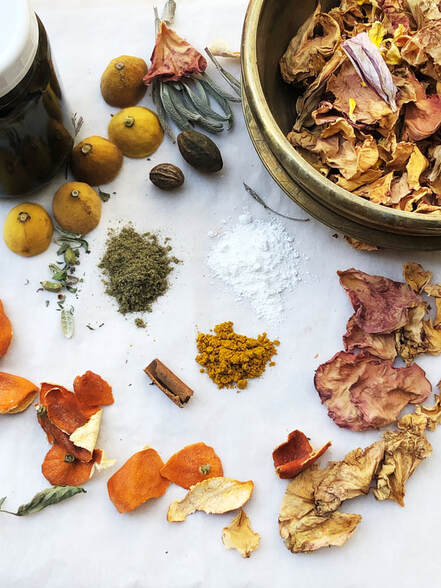
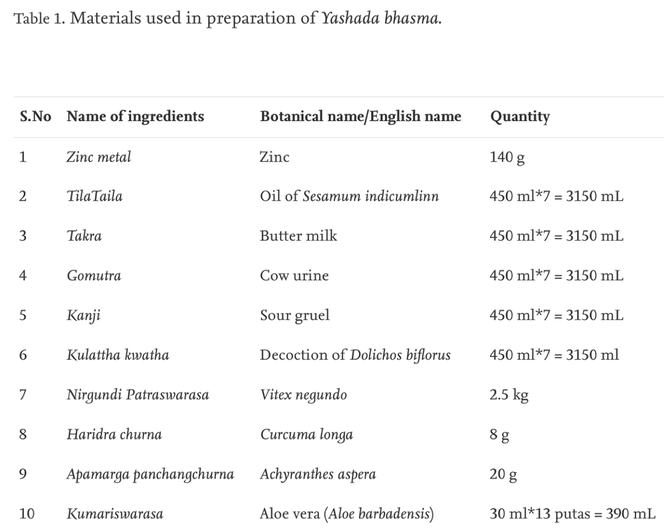
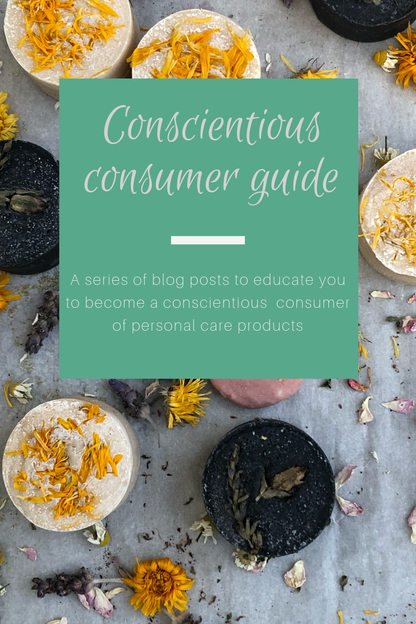
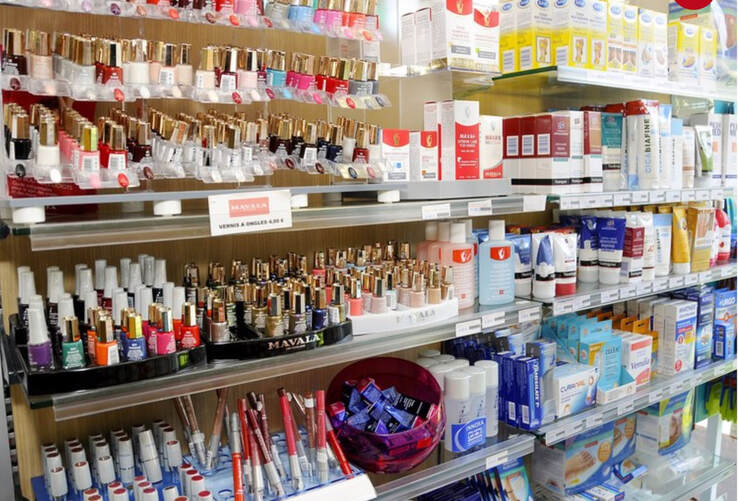
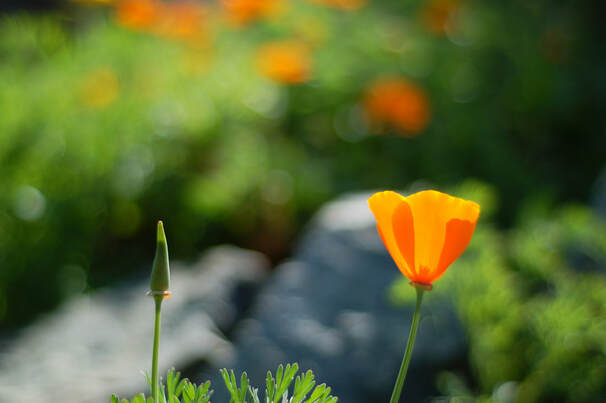
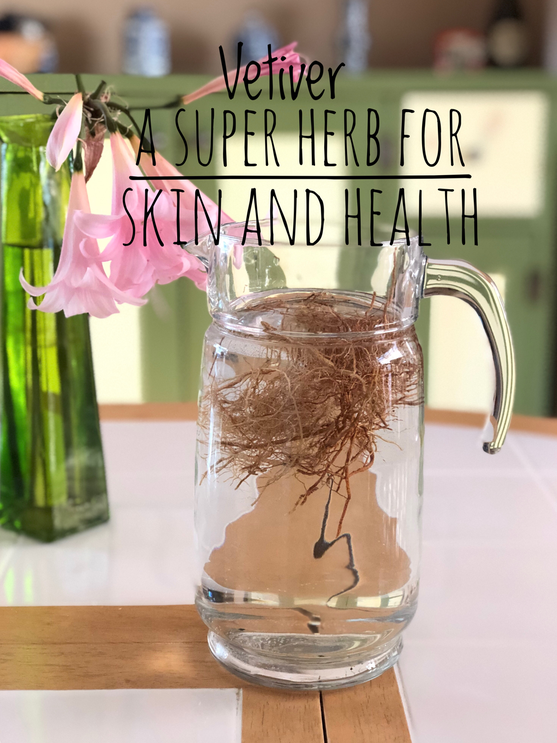
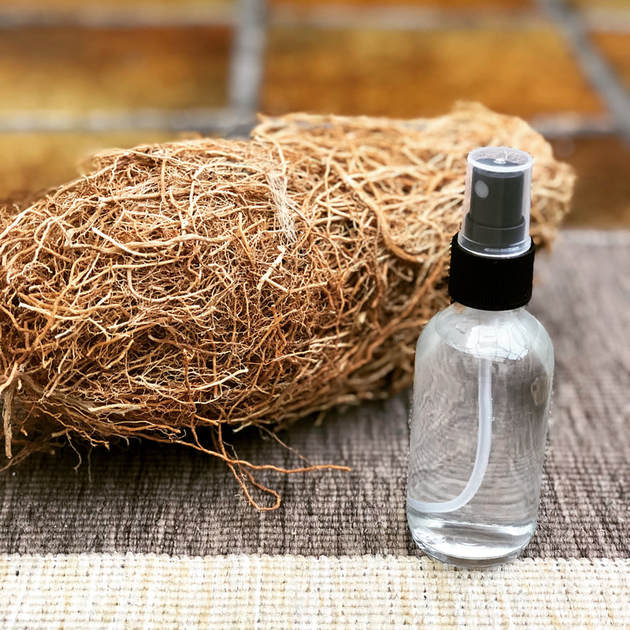
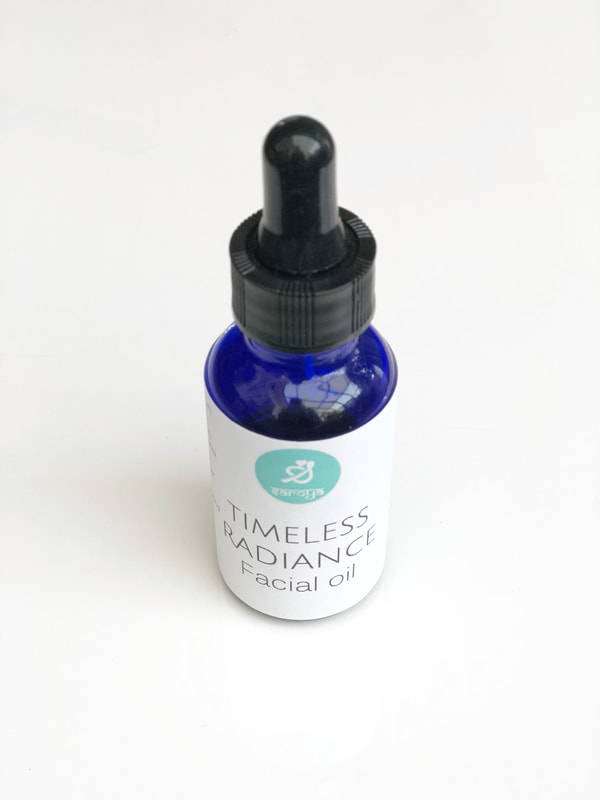
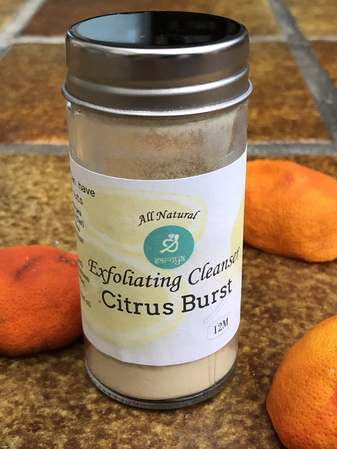
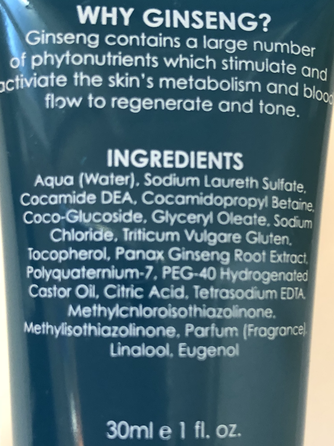
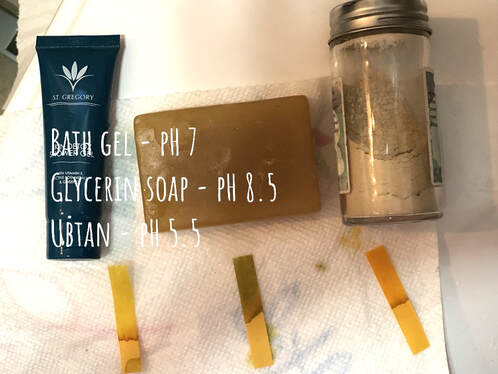
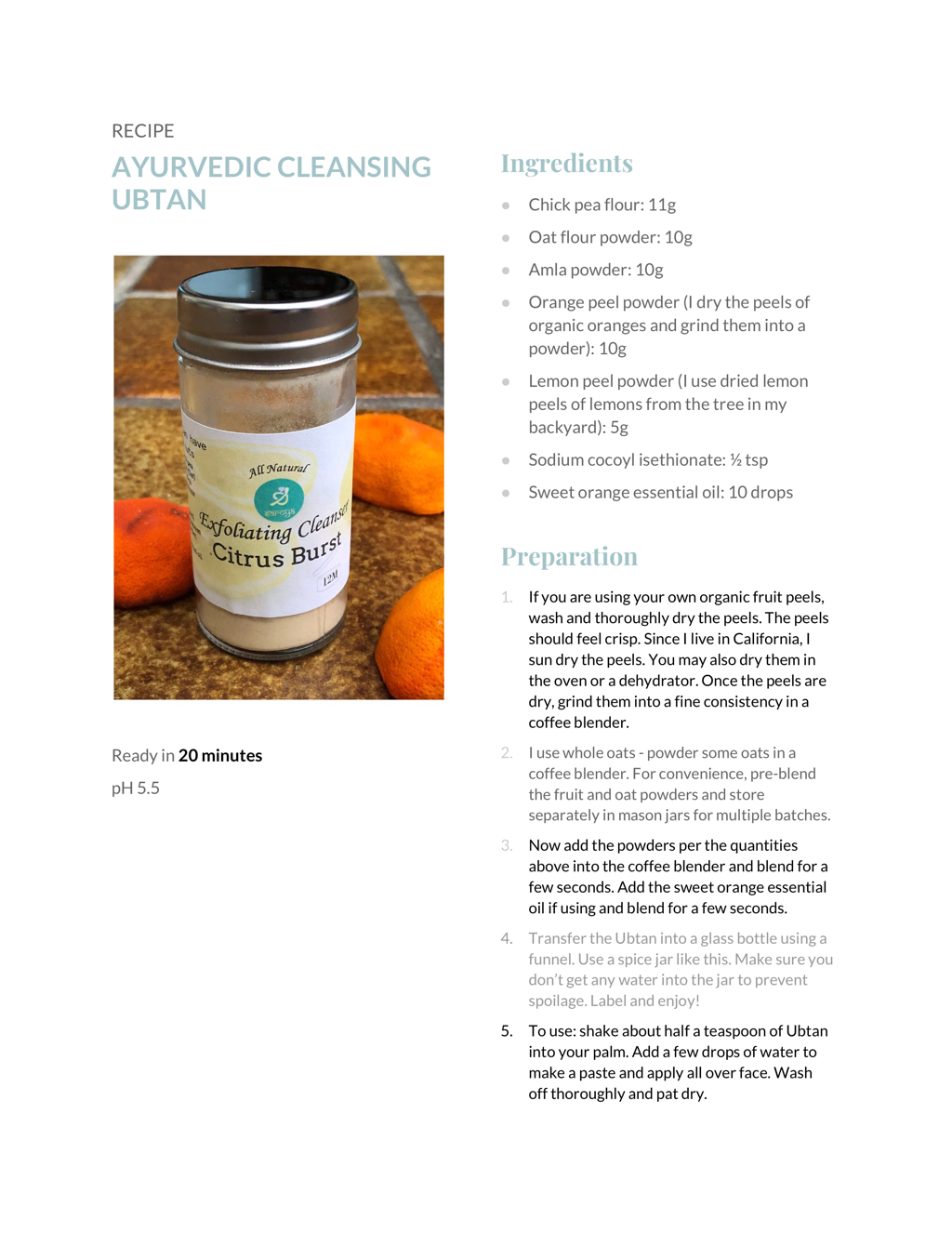
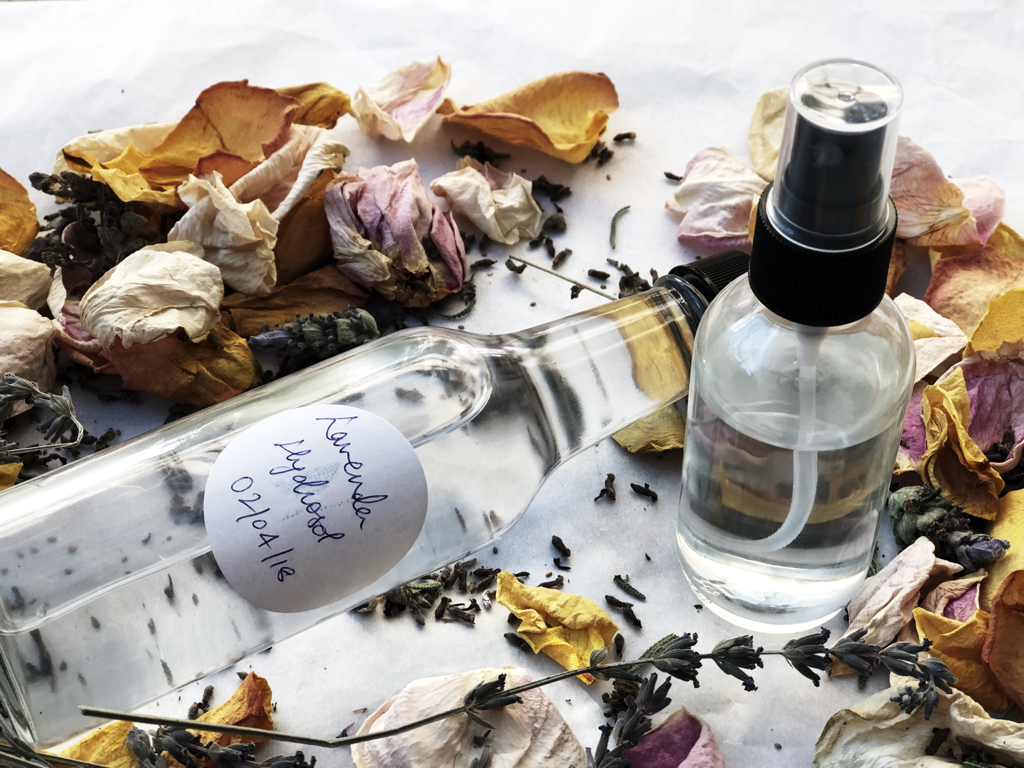
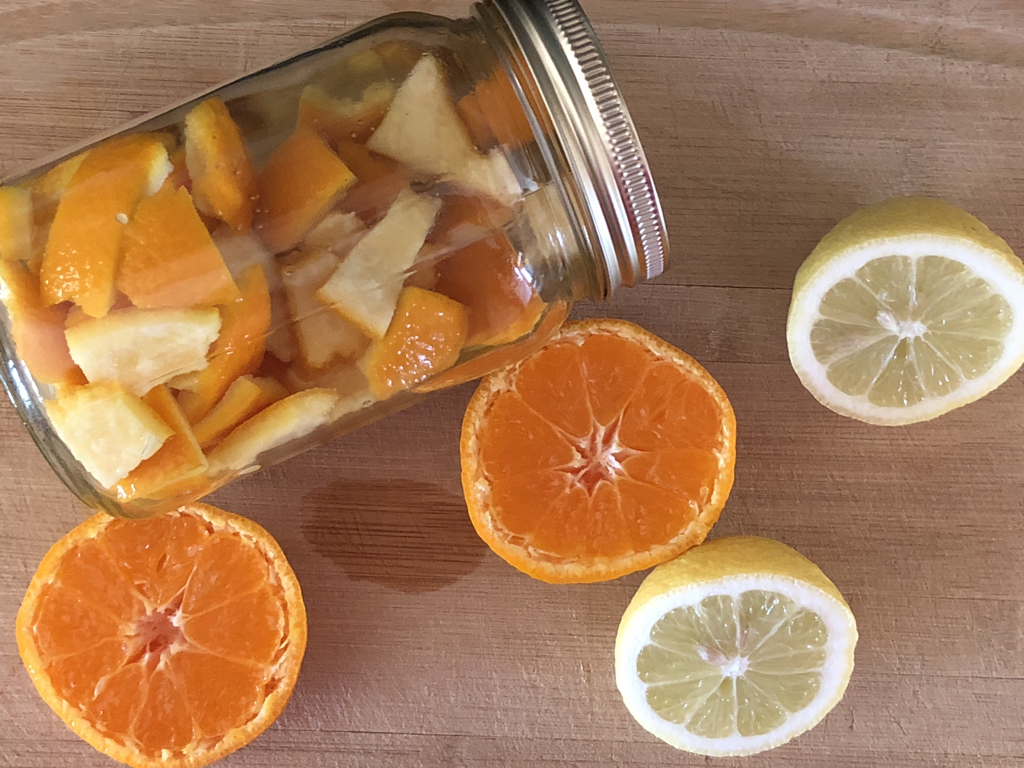
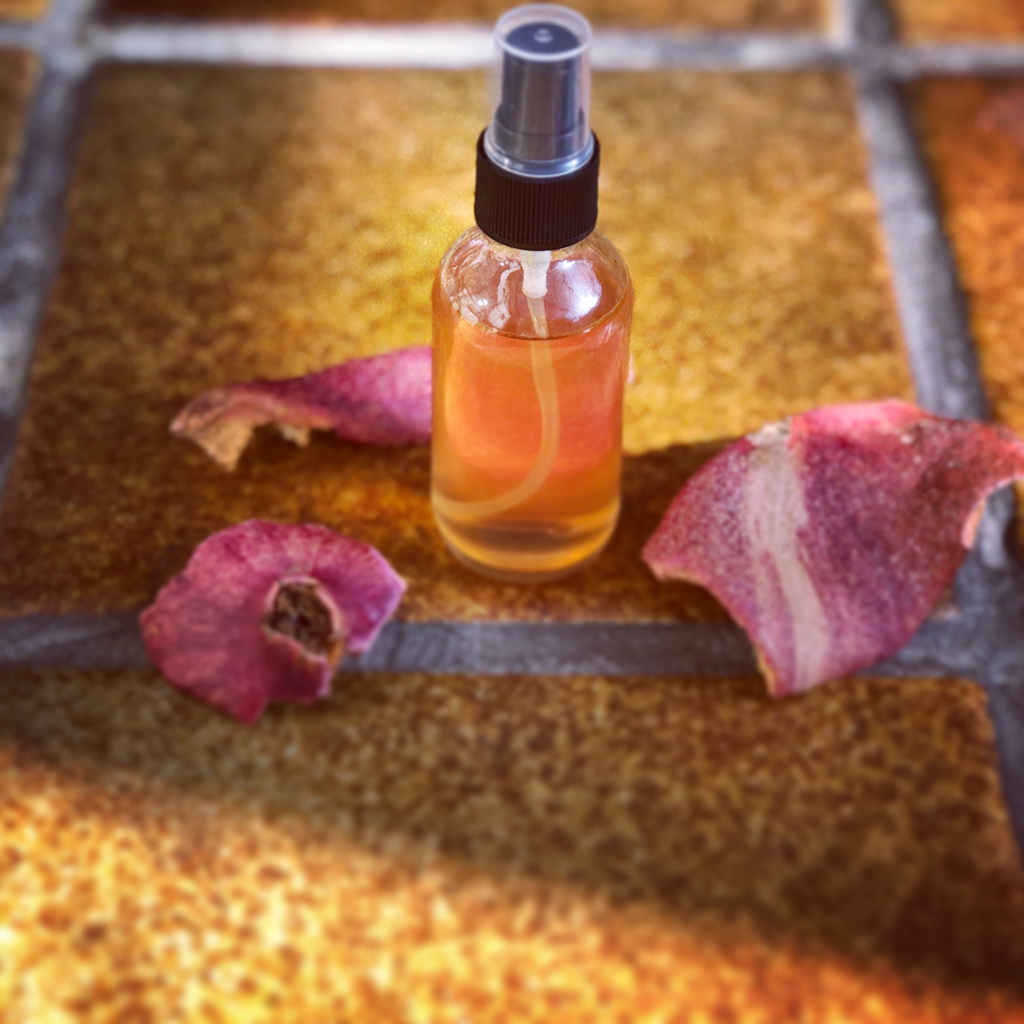
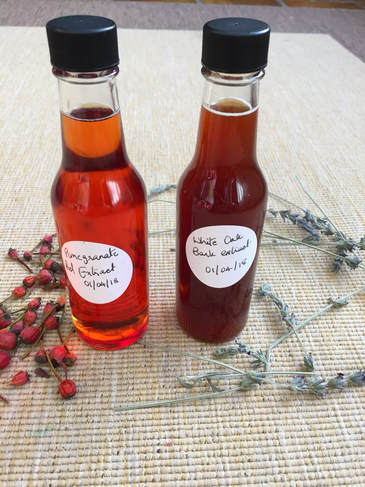

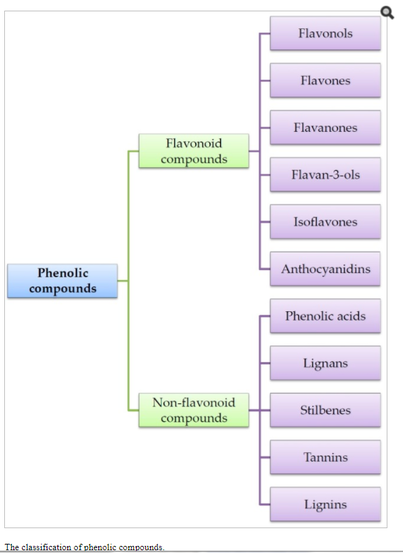
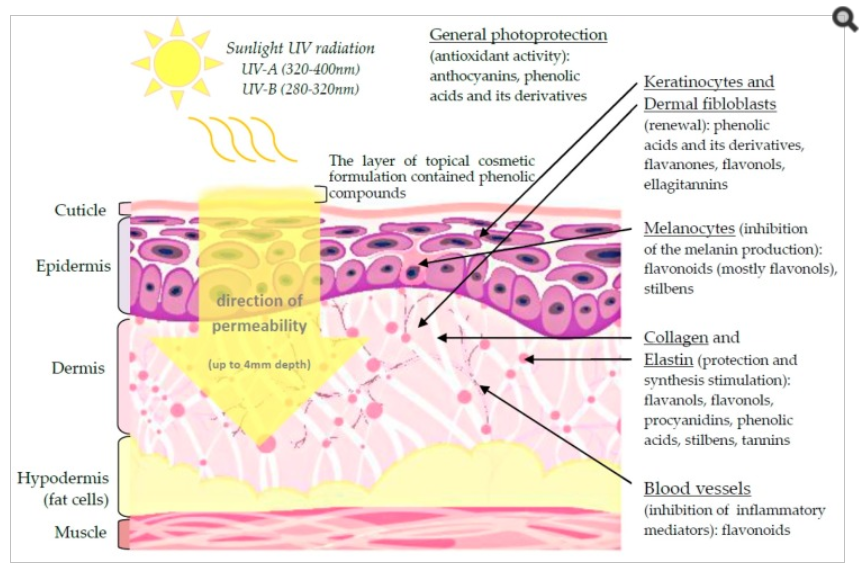
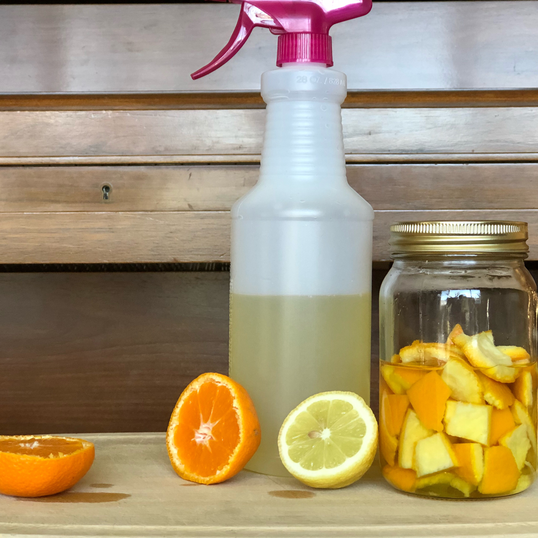
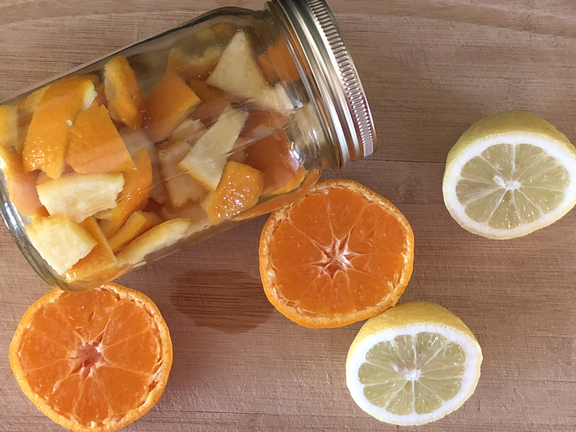

 RSS Feed
RSS Feed